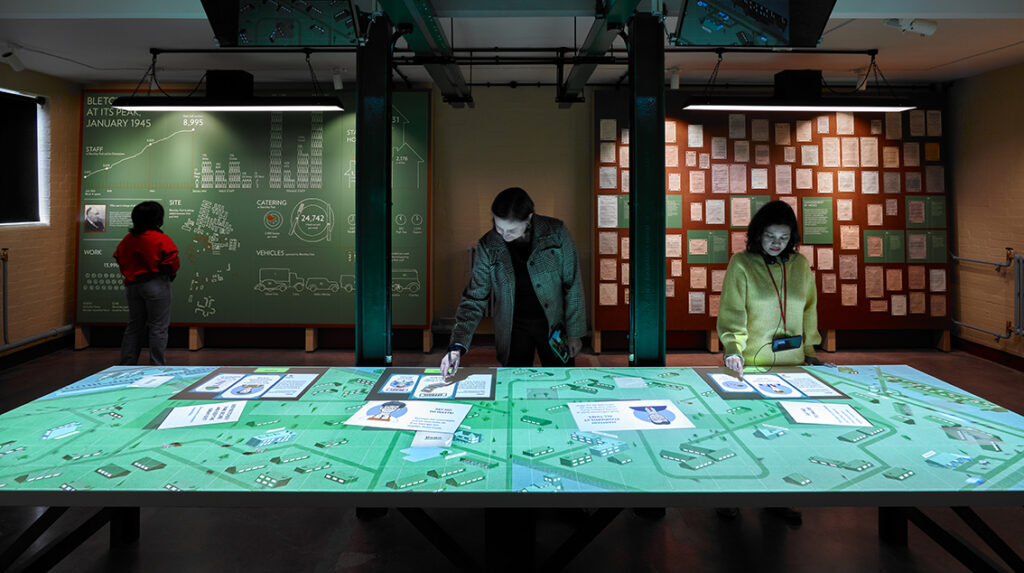Enjoy this article?
Most Museums Journal content is only available to members. Join the MA to get full access to the latest thinking and trends from across the sector, case studies and best practice advice.
The Bletchley Park Trust recently completed a capital programme that has brought three important wartime buildings into public use for the first time, creating galleries, a Collection Centre and a Learning Centre.
This project was delivered in three years at a cost of £13m – most of it raised from external supporters. It’s a thrilling achievement during a rollercoaster period of lockdowns and economic uncertainty.
Having joined the trust two years ago, I can’t take credit for what has been a huge team effort. However, with more than 15 years’ fundraising experience under my belt, I can clearly see the elements that positioned this project for success.
The word “transformational” can be overused and smart funders will always ask what exactly you intend to transform.
In our case, the physical transformation is evident – in the gallery spaces where original colour schemes and floorplans evoke Bletchley Park’s heyday, through to the learning spaces where functional wartime structures have been supplemented by modern flooring, soundproofing and technology.
However, our mission is not only to safeguard our historic site but also to share the story of the codebreakers as widely as possible. We want our galleries to transform visitors’ understanding by foregrounding the workers who made Bletchley Park’s extraordinary achievements possible.
By creating a single, accessible location for our collection, we can widen the scope of research engagement and bring new discoveries to light. And our Learning Centre will transform access for young people, taking the number of participants from 30,000 to 50,000 annually.
As a fundraiser, such a project is a gift. It appeals not only to funders of heritage, but also to those interested in learning, access and urban renewal. In a competitive market, it’s important to capture the imagination of a wide range of prospective supporters.
All kinds have contributed – from orporate sponsors to trusts and statutory funders, generous individuals and, poignantly, veterans whose legacy gifts brought their involvement with Bletchley Park full circle.
This breadth of support highlights the extent to which successful fundraising is about playing a long game, while also seizing short-term opportunities. Success is generally underpinned by three elements:
With funders swamped by requests, proof of concept is key. They need to know plans are supported by a robust evidence base. For a site such as ours, evidence includes everything from asbestos surveys to audience analysis.
But evidence gathering is costly and time consuming. Thinking about future capital plans, I worry about our ability to fund this work from our own resources, while juggling operational costs and repairs.

Fundraising teams can reduce pressure by raising unrestricted funds – although organisations must remember it takes time to establish sustainable revenue funding and, like a capital campaign, it needs input from colleagues across the organisation.
So how can funders help? First, support for core costs remains vital. Funders were generous during the pandemic, providing the unrestricted support that enabled many organisations to survive. It would be great to have similar support while we navigate this current period of uncertainty.
Second, funders could contribute to the cost of evidence gathering. This would improve decision-making within organisations and the quality of proposals that will eventually land on funders’ desks.
Perhaps there is even scope to lead the way in this work, facilitating some valuable evidence sharing across the sector. A rising tide floats all boats, and in these storm-buffeted times, such support is vital.
A successful heritage project focuses not only on buildings, but on what happens within them.
Sarah Harwood is the director of development at Bletchley Park Trust
Most Museums Journal content is only available to members. Join the MA to get full access to the latest thinking and trends from across the sector, case studies and best practice advice.